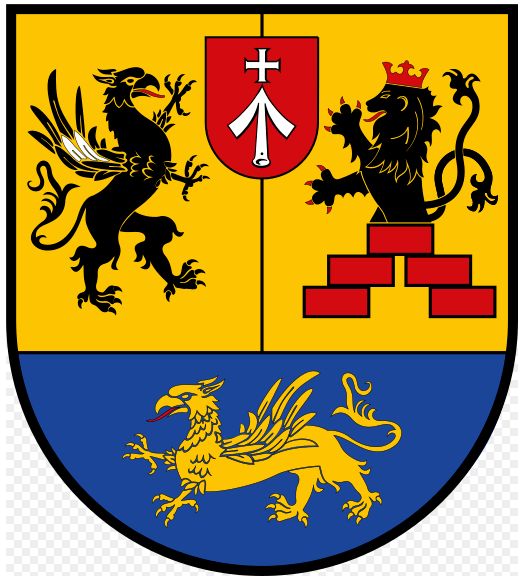
irmi-auf-ruegen
vakantio.de/irmi-auf-ruegen
11th day on Rügen (14th October 2021)
Ebimisami: 15.10.2021
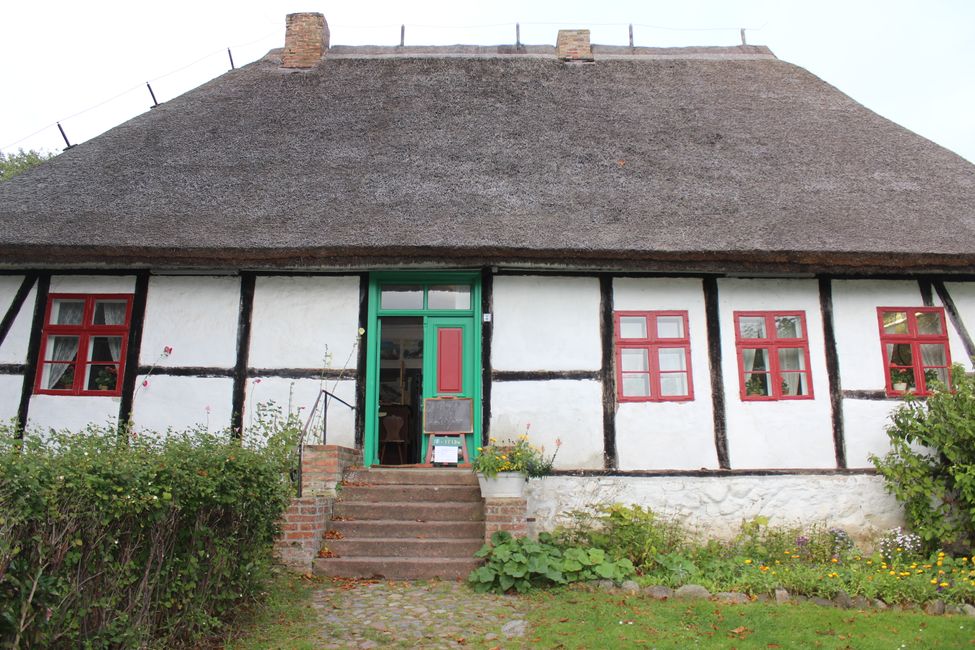
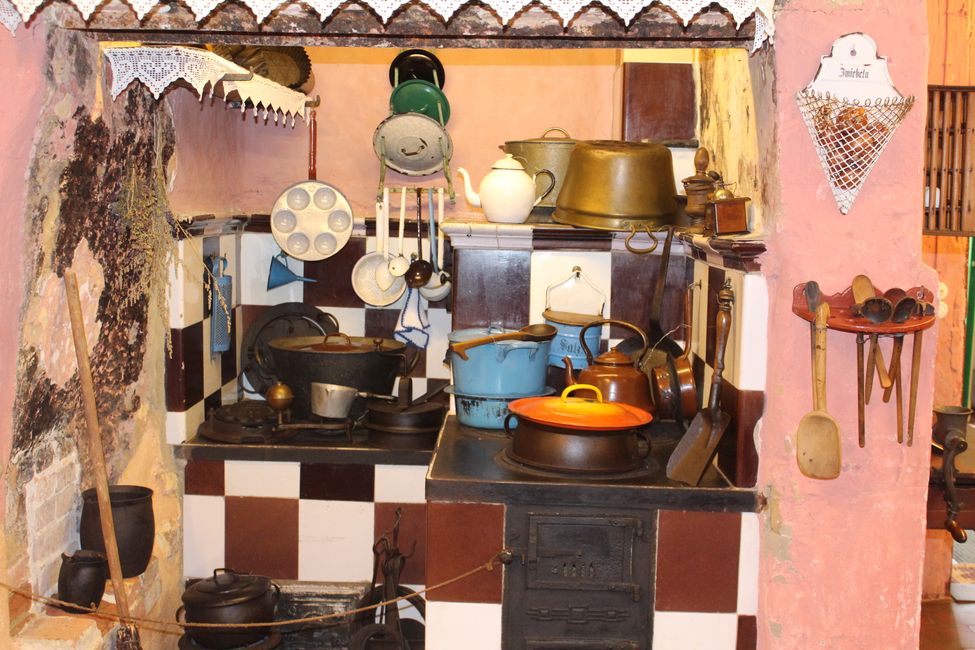
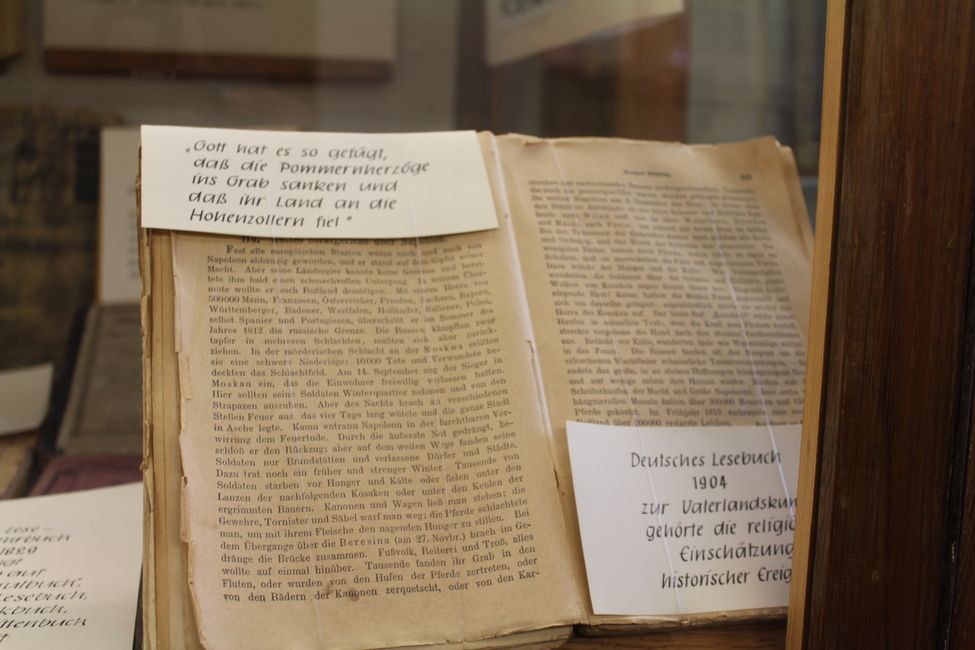
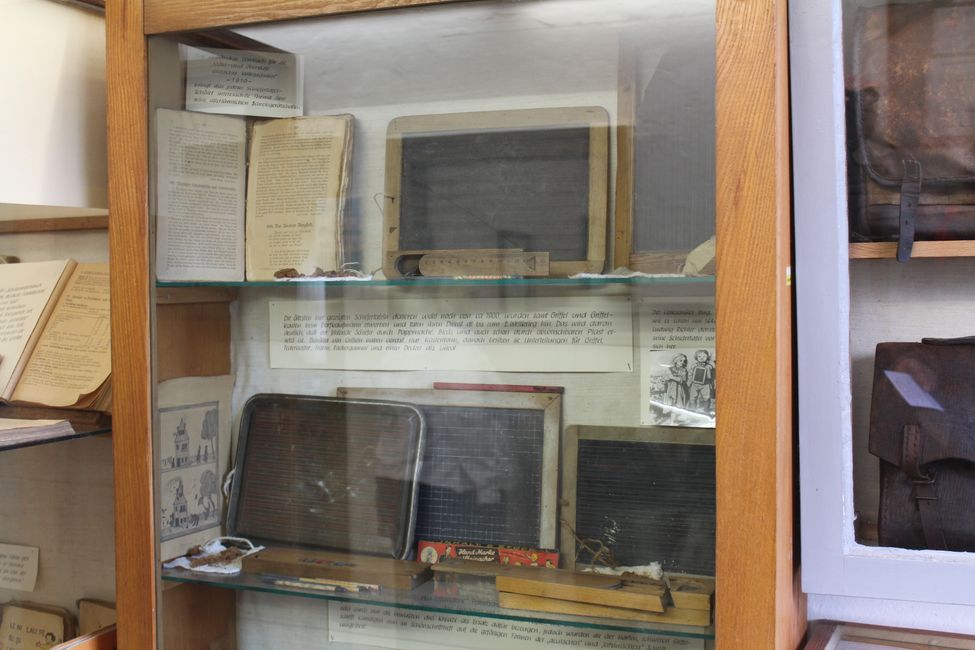
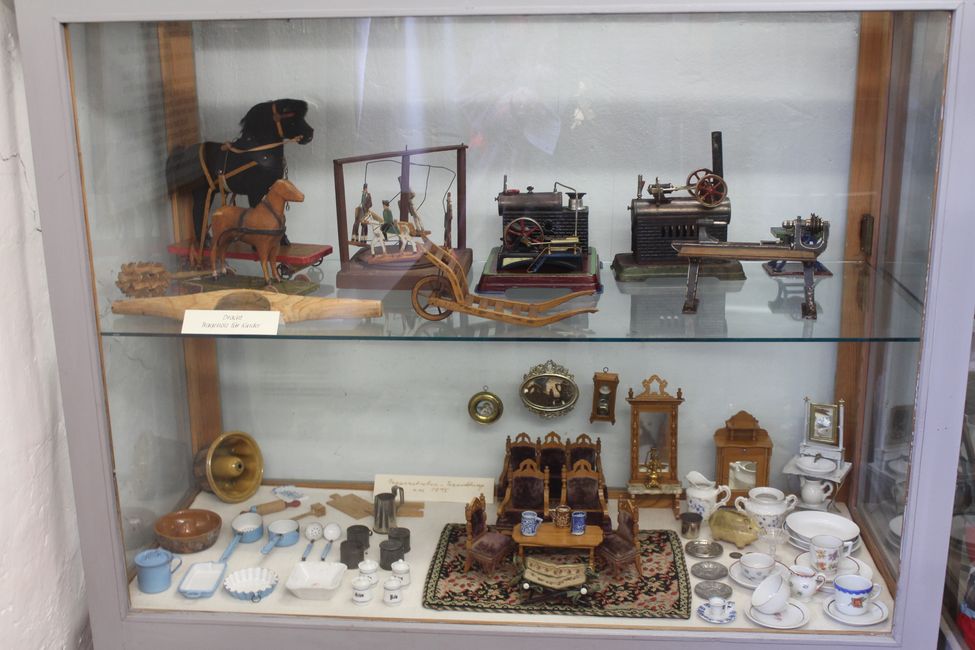
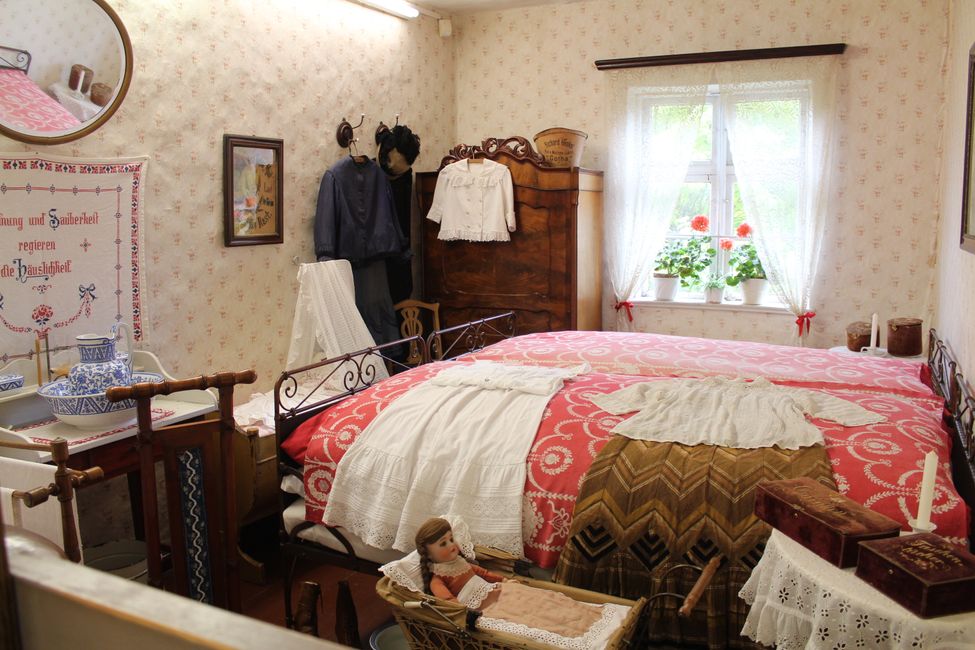
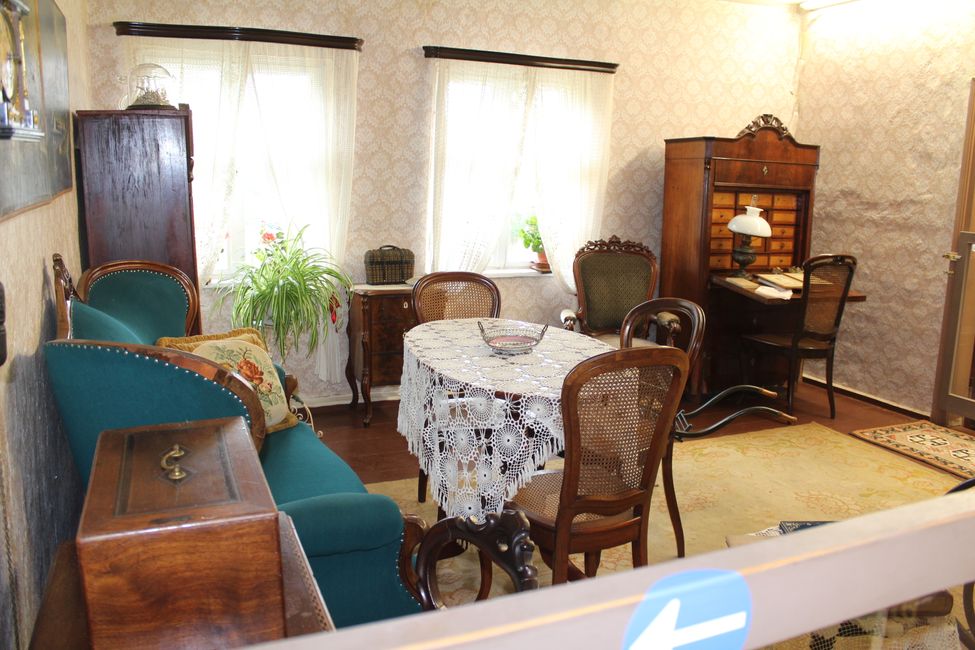
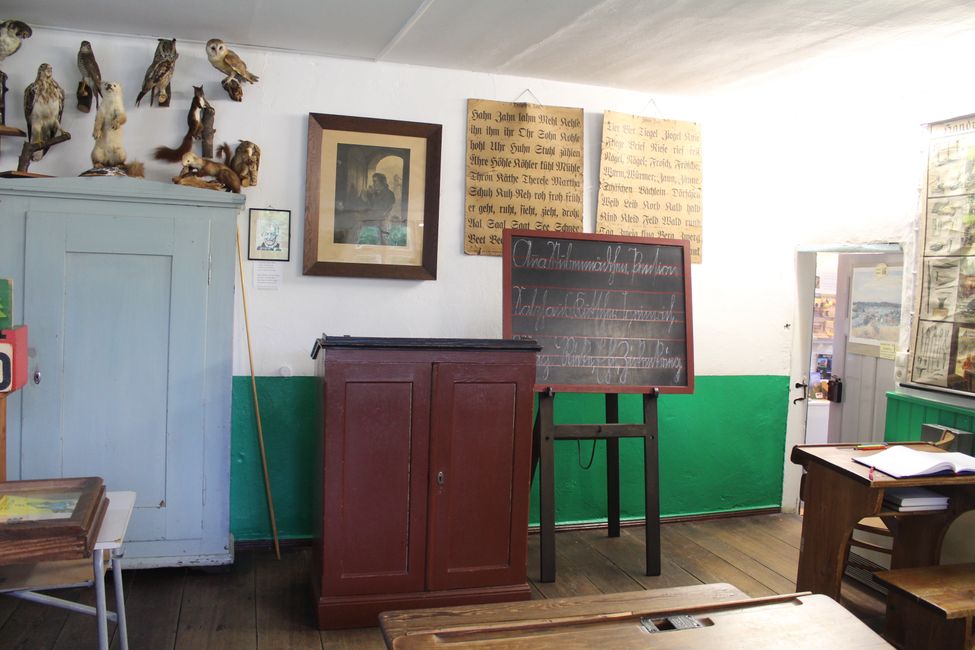
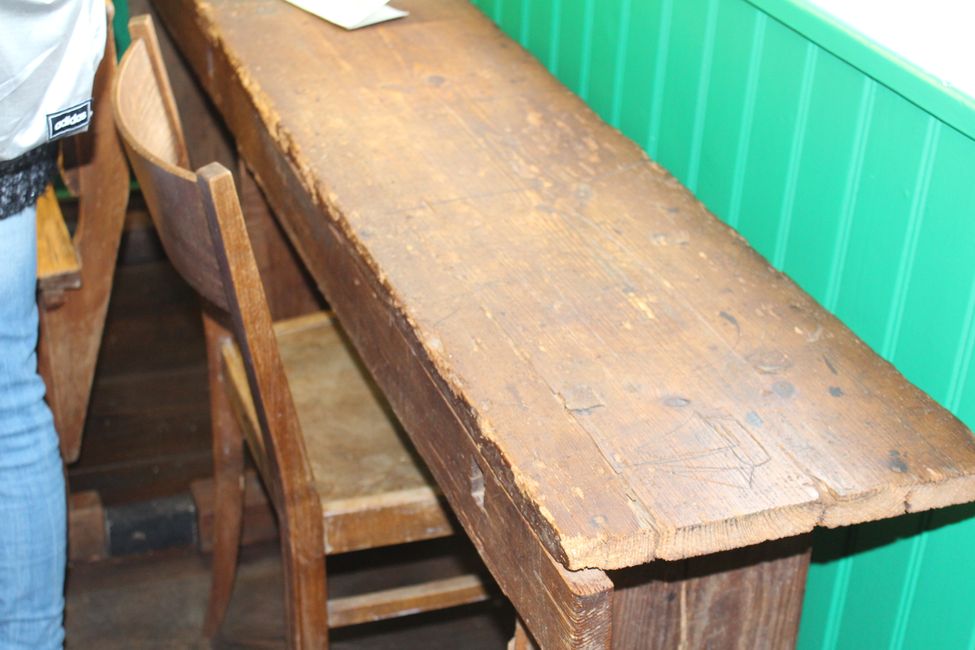
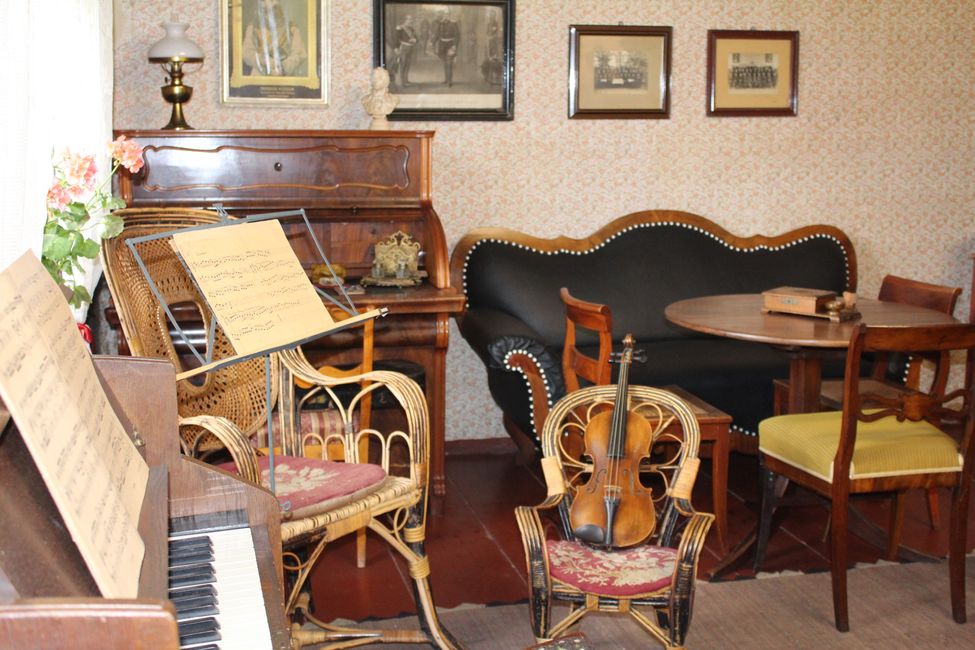
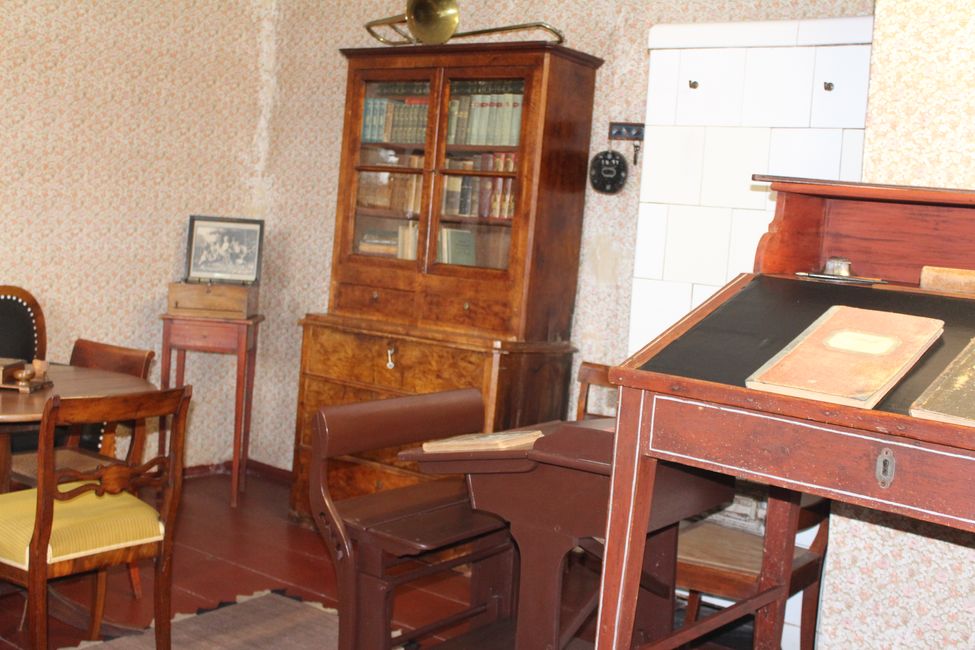
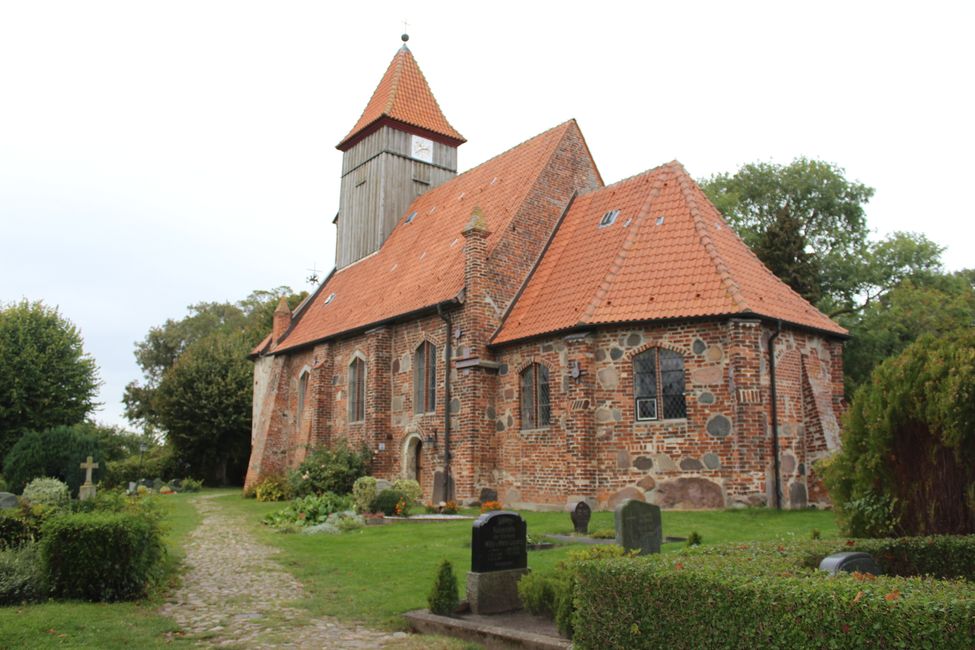
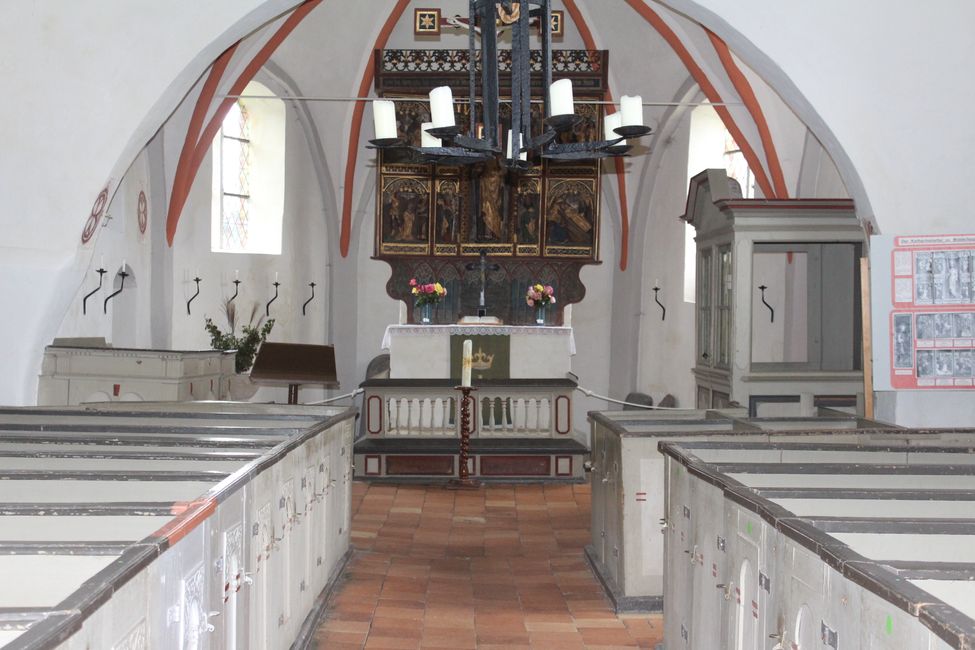
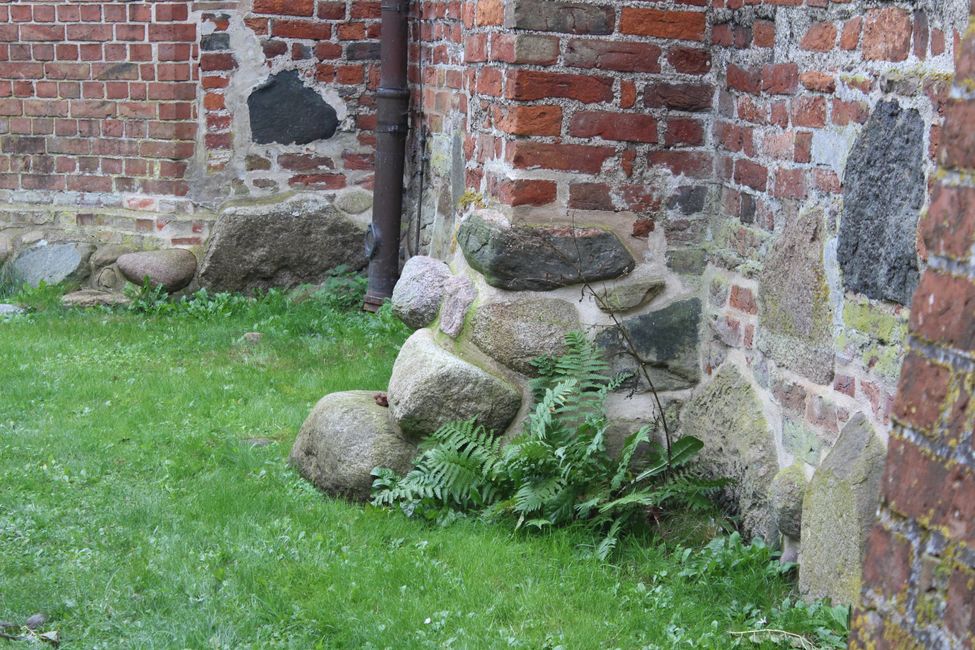
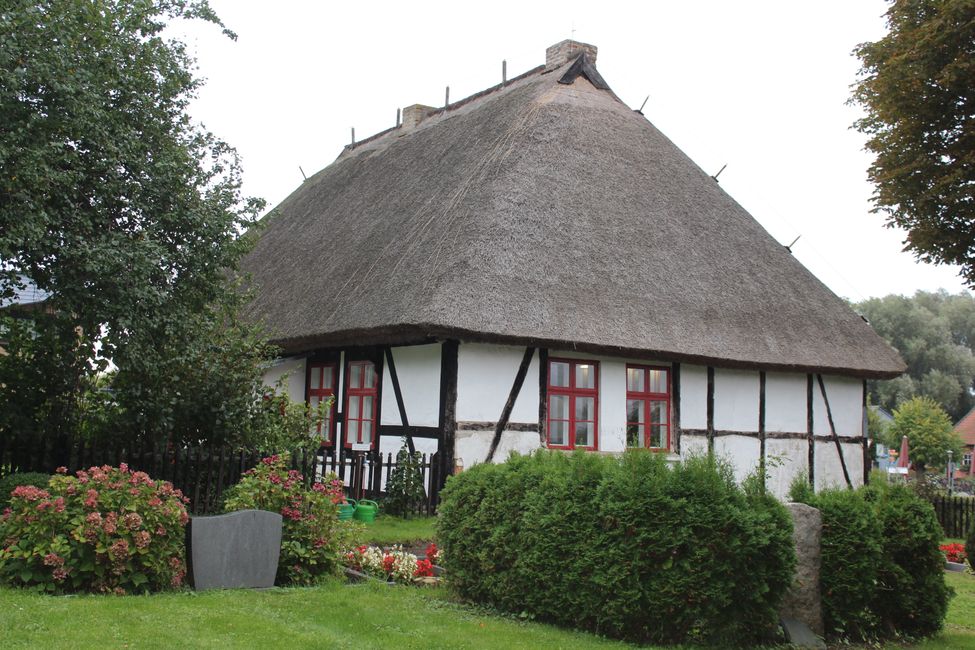
Abonnez-vous na Bulletin ya Sango
Finally, we motivated ourselves and wrote some postcards. We had a quiet day ahead of us. Gabi had been reading until four o'clock in the morning and then slept for a long time.
After we finished, we took the postcards and visited the school house here in Middelhagen. We were surprised because the school house was perfect. The house was first mentioned in 1747. It was the house of the sexton, who also taught the children. A smokehouse without a chimney, typical for peasant and fisherman houses here. There was a water pump in the courtyard, but it often didn't work, so the water had to be fetched in the village center. In 1774, a paper states the following:
"School administrators should be honest and conscientious and if possible, be able to read and write." At a synod in Bergen, the sextons had to present a confirmation from the pastor, stating that they were diligent and faithful in the administration of the church and had an impeccable way of life. The general superintendent now admonishes them to hold school diligently and conscientiously, so that they should teach the children the catechism with understanding.
As a one-class school, it was managed here until 1964. Often, the sons took over the sexton and teacher positions. When the schoolhouse became too small, an extension was built, including a new classroom. The old sexton/teacher usually lived with his wife in the attic and the young sexton/teacher on the ground floor.
One room also served as the pastor's and sexton/teacher's study. In the exhibition, you can see a perfectly furnished living and bedroom, the chimneyless kitchen corner, and the classroom. In the classroom, the different school desks show the ever more child-friendly development. The first school desks had neither a slanted slope nor a tray for slate pencil and inkwell, but you can see this in younger furniture, as well as the benches getting backrests and ultimately individual chairs. Old textbooks, old school satchels, old blackboards, dolls, and children's toys are displayed in showcases. (I hope I can still upload the pictures because my blog is causing problems; thanks to my one and only firstborn;) Truly an amazing museum!
Next to the schoolhouse stands an ancient church that was built on boulders in 1480. In the past, churches were often without a tower. A wooden tower was only built later. The St. Catherine altar dates from 1480 and was probably brought from Stralsund after the Thirty Years' War. I'm not really into churches, but I found it very impressive.
When we wanted to take a walk in the forest with Ayko, we were surprised by a rain shower, so we quickly stopped and made ourselves comfortable at home.
Abonnez-vous na Bulletin ya Sango
Eyano (3)
Helmut
Der Küster war bestimmt streng. Au weia. Hoffe die Kinder hatten Zeitung in der Hose. Doch der Glaube hat es bestimmt gerecht verteilt. Christa
Interessant! Erinnert ein bisschen an die Schule und das Lehrerhaus in Friemersheim.
Gut, dass dein Sohn dir auf die Sprünge helfen konnte.Ute
Gott sei Dank bist du wieder da!! Einen lieben Dank an Patrick!!
Die heutigen Kinder können sich diese Schulsituationen gar nicht mehr vorstellen 😇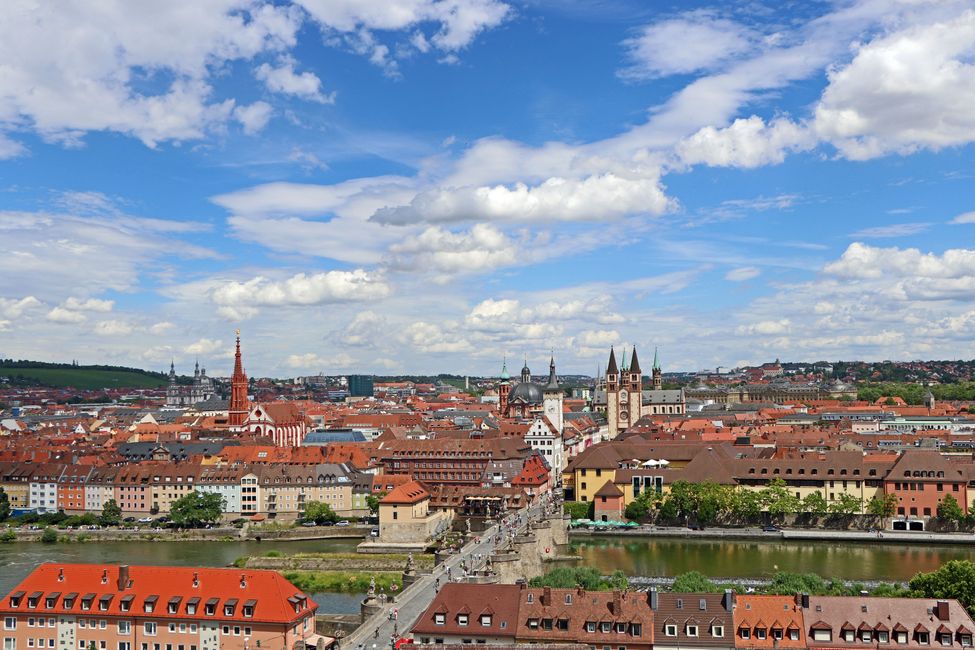
Lapolo ya mobembo Allemagne
